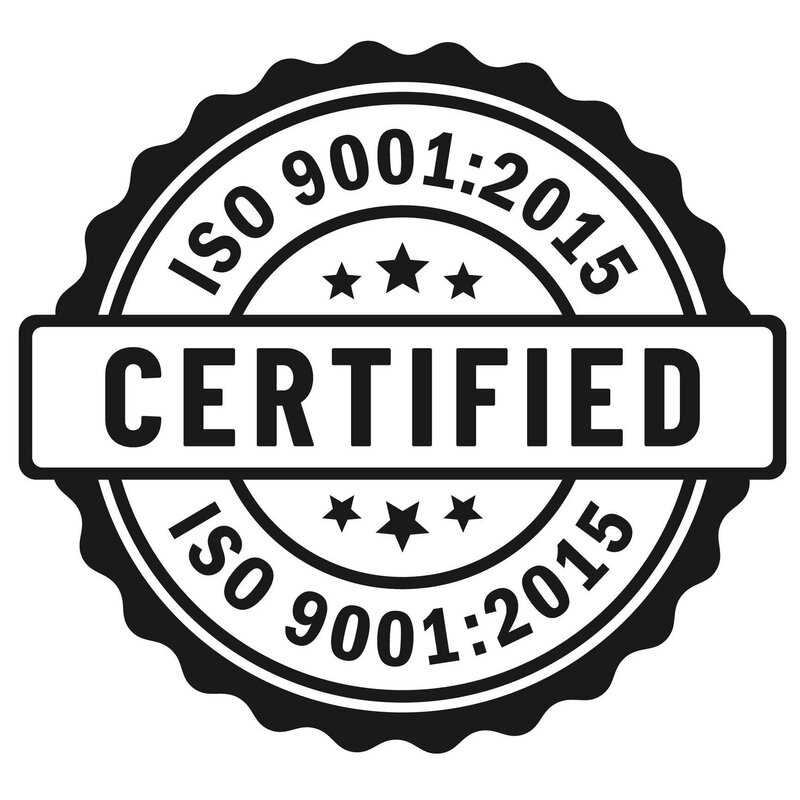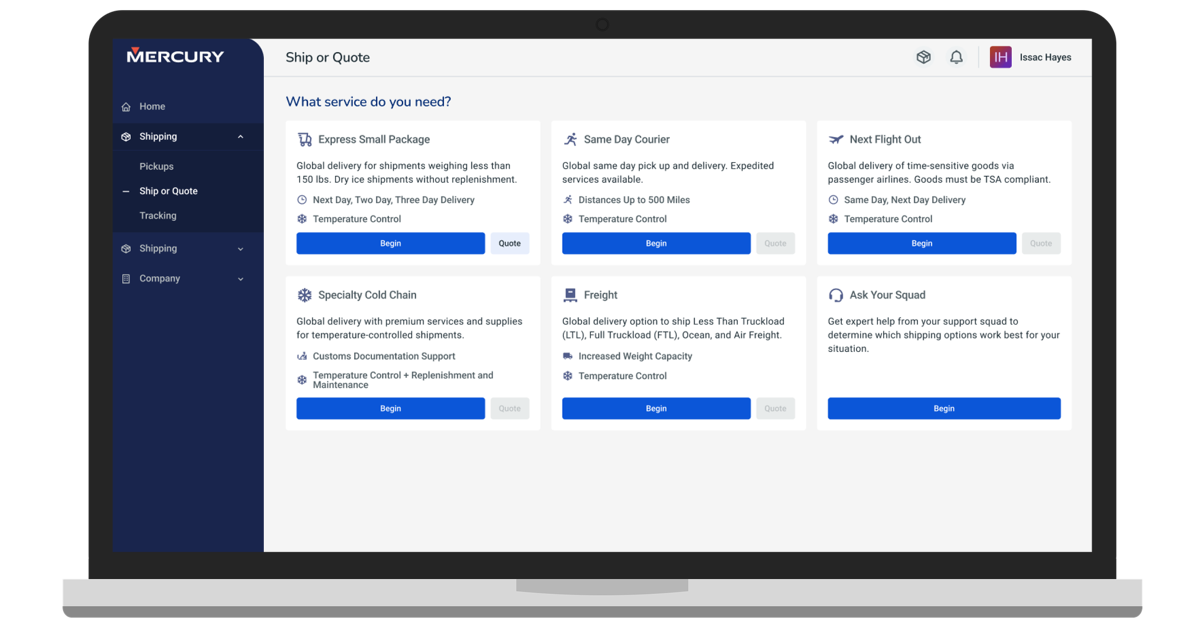What is Ambient Shipping?
Ambient shipping involves transporting goods at a temperature that mirrors the environment outside the packaging. This method is ideal for products like clothing, textbooks, and perishable food, but it also plays an important role in life sciences and health care, where it ensures the quality and safety of perishable medical and pharma products, while meeting regulatory requirements.
In contrast, controlled-room temperature (CRT) shipping is designed to uphold a consistent internal temperature, regardless of external conditions, making it ideal for a wide range of products, including pharmaceuticals, biologics, medical devices, clinical trial materials, diagnostic kits, blood and tissue products that are sensitive to temperature fluctuations. The primary difference between ambient shipping and other cold chain logistics methods lies in the degree of temperature control necessary, with ambient shipping allowing for some temperature variation.
Understanding Ambient Temperatures
Ambient temperatures span a variety of ranges, from 15-25°C (59-77°F) to 0-40°C (32-104°F). Nevertheless, these temperature conditions can undergo notable fluctuations during the packaging and shipping processes. The fluctuations in temperature are influenced by factors such as location, season, and time.
On the other hand, controlled room temperature specifically designates the temperature range maintained within a controlled environment, ensuring the preservation and stability of sensitive materials. CRT typically falls within the range of 20-25°C (68-77°F) and can be subject to fluctuations based on the specific requirements of the materials being stored or processed.
The Benefits of Ambient Shipping
At Mercury, we understand the significance of ambient and controlled room temperature shipping. Here are the key reasons why our services are indispensable for your business:
- Product Integrity: Shipping temperature-sensitive products in conditions that are either excessively hot or excessively cold can result in spoilage, degradation, or damage. Not only does this lead to financial losses, but it also poses risks to patient safety and shipment integrity.
- Customer Satisfaction: Ensuring that products arrive in pristine condition boosts customer satisfaction. For healthcare and life sciences companies, this translates into trust, compliance, and patient well-being.
- Compliance: Regulatory bodies often mandate stringent temperature control for certain healthcare and pharmaceutical products. Adhering to these regulations is non-negotiable.
Ambient/CRT Packaging
Ambient or Controlled Room Temperature (CRT) packaging is a crucial method for transporting temperature-sensitive goods that require stable environmental conditions within a specific temperature range. CRT packaging plays a vital role in preserving the integrity of your shipments. To achieve this, we offer several types of packaging solutions:
- Insulated Packaging: Utilizes insulating materials like foam, bubble wrap, or reflective liners to maintain temperature stability.
- Gel Packs: Gel-filled packs that can be frozen or refrigerated before use to keep items cool.
- Phase Change Materials (PCM): These substances change from solid to liquid (or vice versa) at a specific temperature, providing temperature control.
- Temperature-Controlled Shippers: Specialized containers equipped with refrigeration or heating systems, often used for high-value or extremely sensitive products.
These packaging solutions are designed to prevent temperature excursions and ensure that products reach their destination in optimal condition, safeguarding quality and safety.

Related Content
Temperature-Controlled Shipping
Dry Ice Packaging and Labeling Instructions - Class 9 UN 1845
ISO 9001:2015 Certified
 Our Quality Management System (QMS) is designed to meet the rigorous ISO 9001:2015 standard, which ensures that our business processes are carefully monitored, measured, and controlled to promote continual improvement.
Our Quality Management System (QMS) is designed to meet the rigorous ISO 9001:2015 standard, which ensures that our business processes are carefully monitored, measured, and controlled to promote continual improvement.
Our Services
Mercury offers an end-to-end solution for global cold chain shipments that require a specific temperature range.
Learn MoreWe offer a range of options, including same-day delivery, next-day delivery, and 2-day delivery, both domestically and internationally.
Learn MoreWhen shipping through a specialty cold chain service, dry ice can be replenished while in transit.
Learn MoreMercury's cold chain storage safeguards healthcare and life science samples, ensuring their quality and integrity.
Learn MoreOur next NFO service can get your cold chain shipment to the final destination same day.
Learn MoreIntroducing Mercury Portal by Mercury
 Hassle-free shipping experience with the Mercury Portal offers you simplicity, reliability, and efficiency.
Hassle-free shipping experience with the Mercury Portal offers you simplicity, reliability, and efficiency.
- Schedule express, same day, next flight out, cold chain, and freight shipments.
- Stay on top of every shipment with tracking and updates.
- Manage sites, addresses, shipment identifiers, and commodities.
Life Sciences
Mercury partners with life science companies to support their shipping needs, both domestically and internationally.
Biotechnology
Biotechnology shipping services require special handling and storage conditions.
Pharmaceuticals
Whether you need to ship a small package or a large pallet, Mercury has the solutions you need to get your products to their destination.
Healthcare & Hospitals
We provide same-day couriers, overnight package express, and cold chain logistics for biological samples such as blood that need to be transported between clinics and lab.
Medical Devices
Medical device companies often ship reagents and other materials that require cold chain shipping.
Universities & Colleges
Safely ship biological specimens, research materials, chemicals, and other hazardous materials with industry-leading expertise